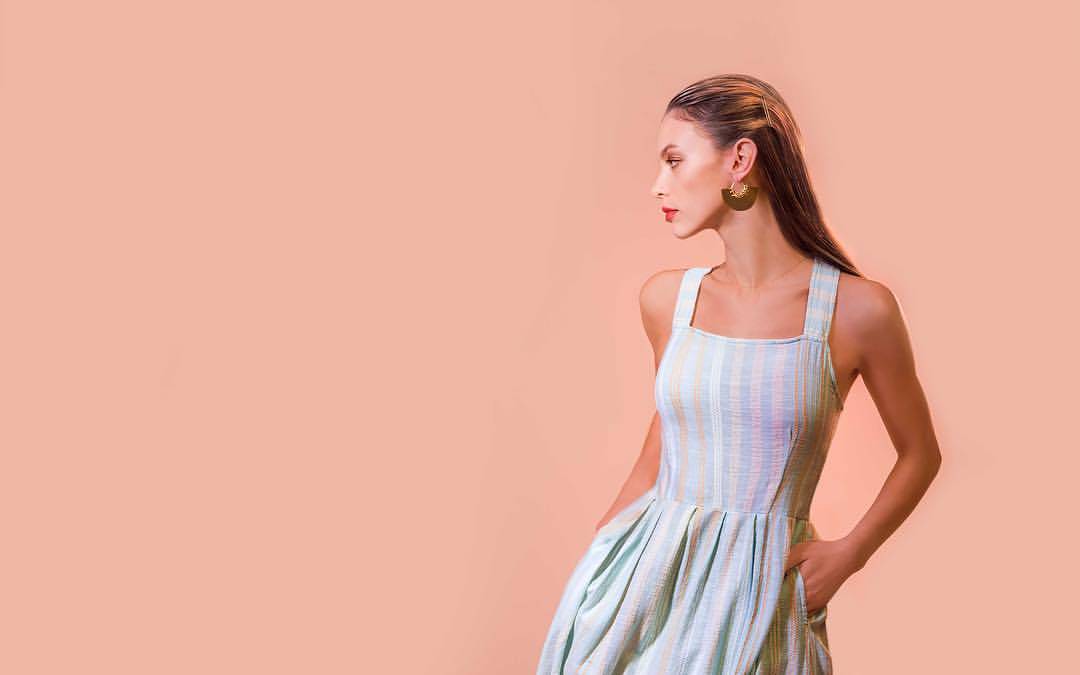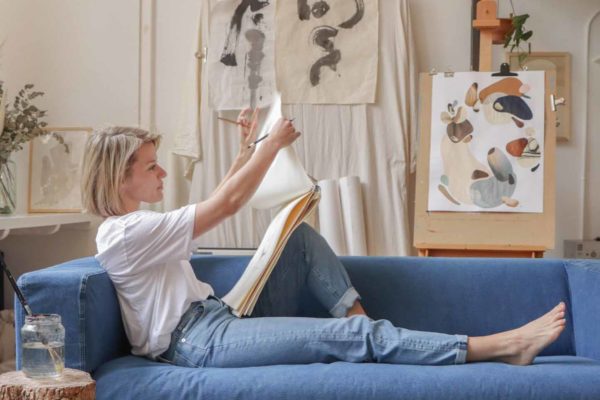Once upon a time, I loved shopping for clothes and knick knacks for my home at the big shopping centres.
I would walk in, wander around aimlessly and buy whatever I felt would make me feel good in the moment.
Soon after I would forget about that momentary adrenaline rush that comes from making a seemingly illicit purchase.
The thrill would be gone even hours later, and I would find myself with a wardrobe full of clothes I wouldn’t wear and a set of (on sale) cushions I now think are ugly.

I didn’t think about if I needed it. I never wondered if I would wear it more than once. I wouldn’t stop to think about the impact it might be having on the environment and I certainly never questioned or considered who made it.
So before you next hit the shops or jump on your computer to make a purchase, ask yourself these 7 questions
1. Do I need it?
There is a HUGE difference between wanting and actually needing something. A need would a winter coat because you don’t already own one or your old one is literally falling apart. Wanting a new coat because it’s cute but you already have three at home is just gluttony.
2. Would I buy it if it wasn’t on sale?
The old ‘it’s on sale’ trick. I’ve fallen for it many times. Far too many to count. It’s so easy to be seduced by the thought of getting a “bargain” and “saving money” when we buy something. But is it really a bargain if we didn’t really need or even want it in the first place? If you wouldn’t pay full price for it then it’s not a smart purchase even if it’s on sale.
3. How will it fit in with my wardrobe or home?
There’s no point buying a floral top if your whole wardrobe is monochrome and you should probably not invest in an art deco floor rug is your home is beach themed. Before you make a new purchase, try and envision the item in question being part of your existing wardrobe or home decor. If you love it in the moment but it’s not your usual style, chances are you probably won’t wear or use it more than once. Which brings me to the next point.
4. How often will I wear or use it?
In the age of social media, it’s unthinkable that you should be photographed wearing the same outfit twice! Get over it. It costs ALOT to make an outfit, for the planet and the people who make most of our clothes. It’s bloody wasteful to wear something once then leave it to languish in your wardrobe, or worse, rot in landfill. Invest in your wardrobe. Buy pieces you will love and wear for years. Take pleasure in your favourite outfits and create everlasting memories while wearing them.
5. Is it well made?
This is a big one. If you invest in anything, be it clothing, shoes, furniture or home decor, you want them to last for years not months. When it comes to clothing, I find natural fibres such as organic cotton and well and don’t lose shape or fade too much with wash and wear. Well made clothing feels sturdy and the stitching is secure. Well made clothes won’t fall apart after on wash. The same goes with furniture. You should not be replacing furniture every few years. We have a leather couch hubby brought a few years before we met. It’s still going strong 11 years on complete with our ass grooves etched into our favourite sides!
6. Who made it?
Who made my clothes? We need to be asking this question more. Fashion supply chains are a complicated business and sometimes tracing a garment from seed to a finished garment hanging in store is difficult. But with some amazing companies like Good On You and Project Just doing all the research for you, finding out who made your clothes abd supporting ethical fashion is becoming easier than ever. Granted some companies are shady and use greenwashing tactics to try and throw us off but I like to believe we are a generation of savvy consumers especially with the power of the internet right in our pockets.
7. Why am I buying this?
Often when we go shopping we are trying to fulfil a need through our purchases. Often it’s a social need. trying to ‘fit in’ or keep up with society’s expectations of always having to have the latest ‘stuff’. When you take the emotion out of the purchase, you’re able to see clearly why it is you are buying something in the first place.
The real takeaway here is to be more mindful of your purchasing habits and choices. Stop with the impulse buying and take the time to consider the why and the need behind your purchase.
Image source: Fashionkind


